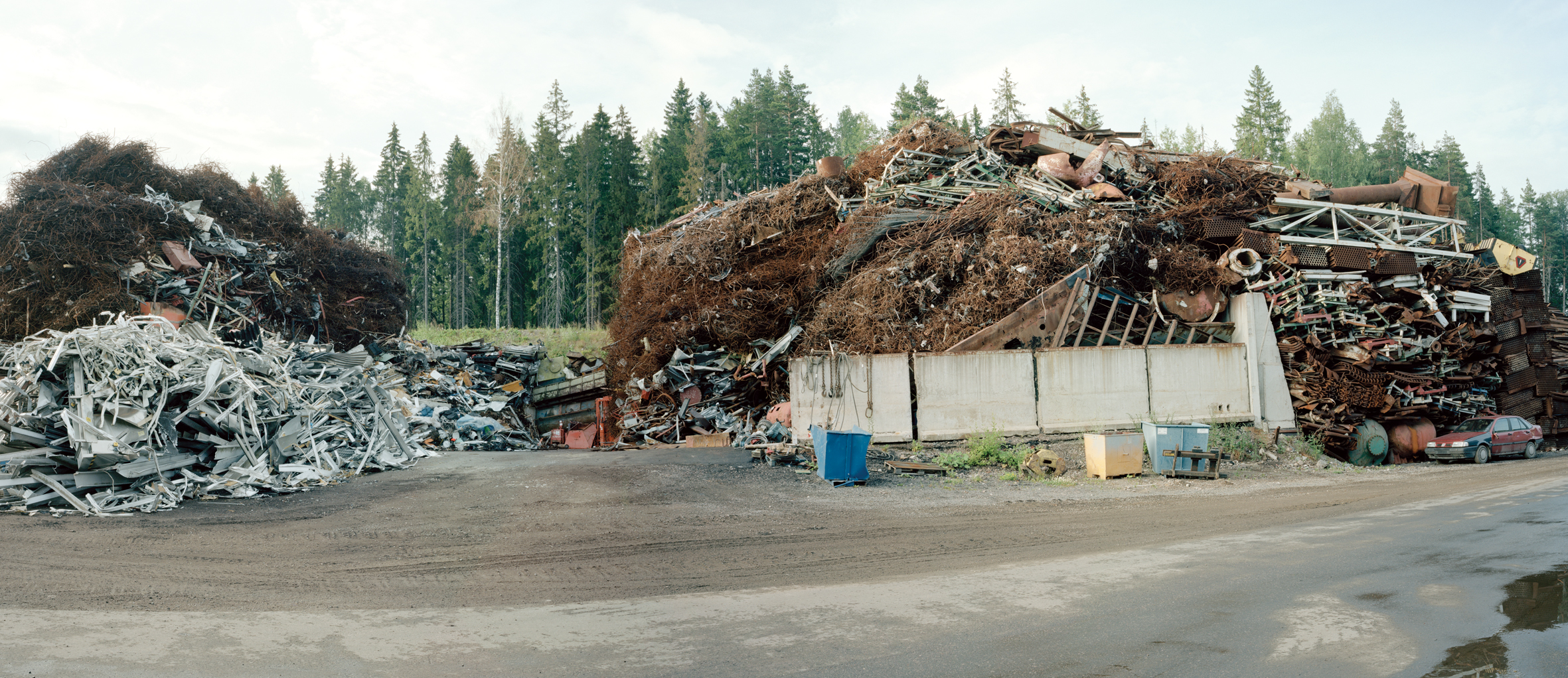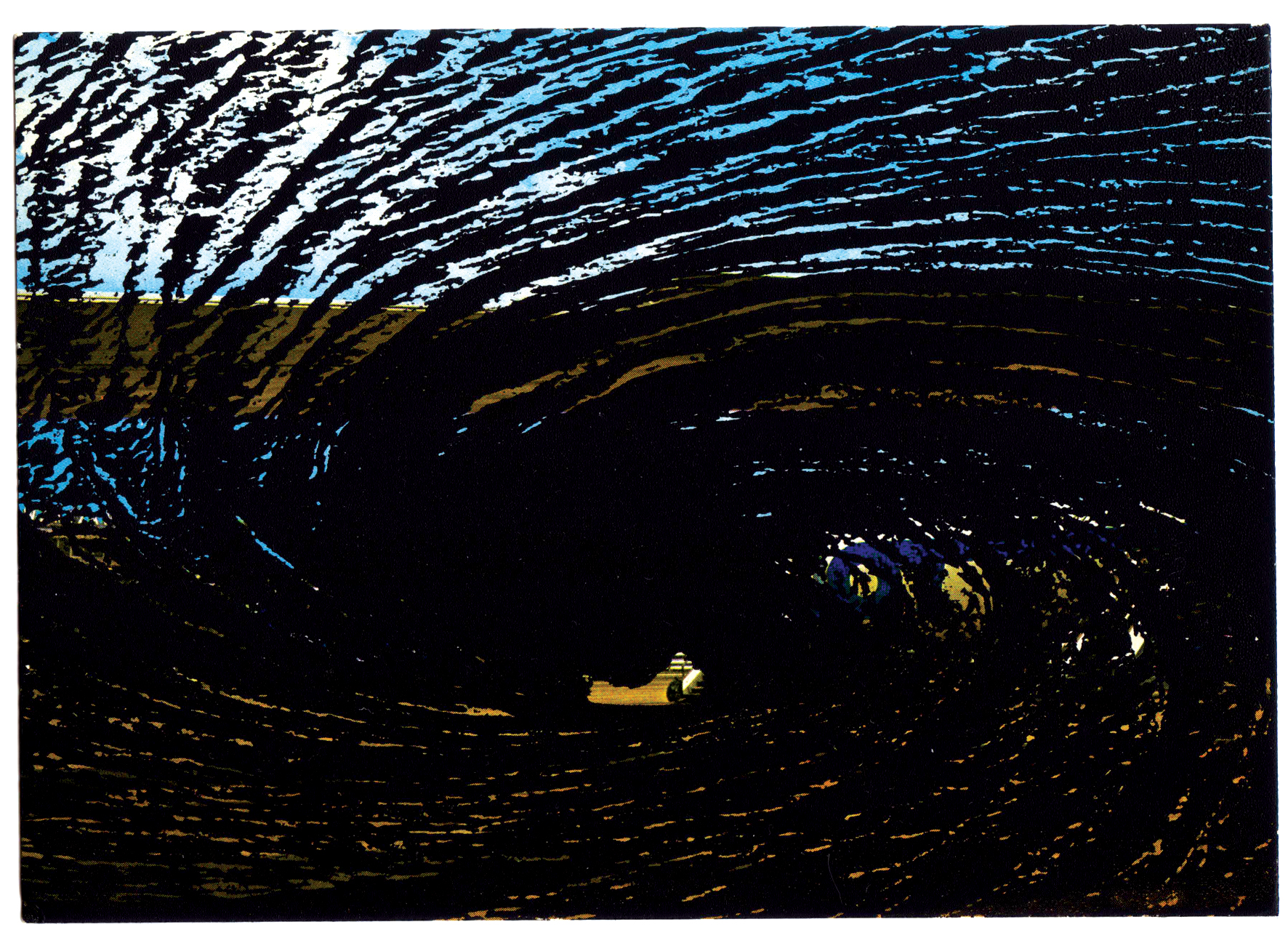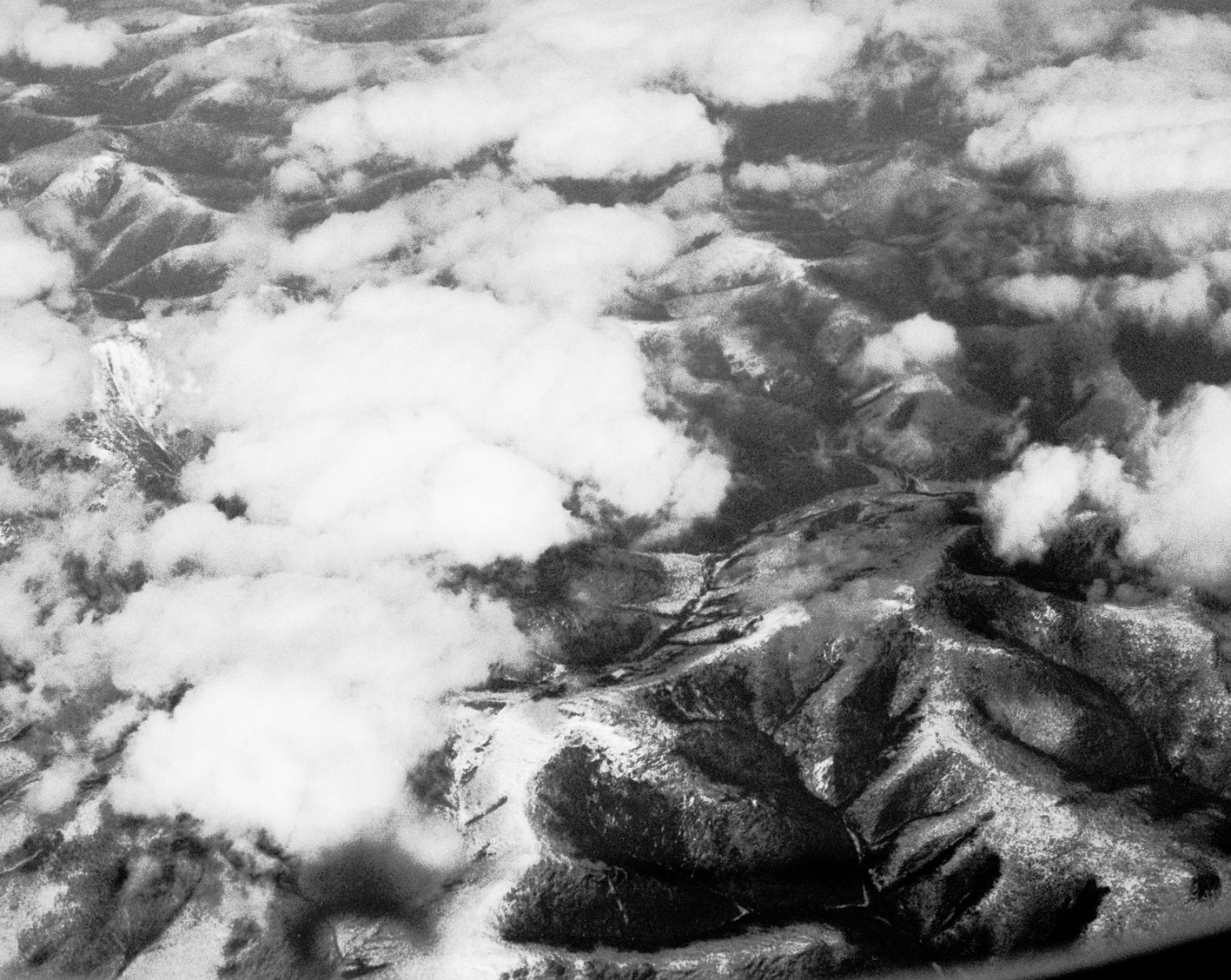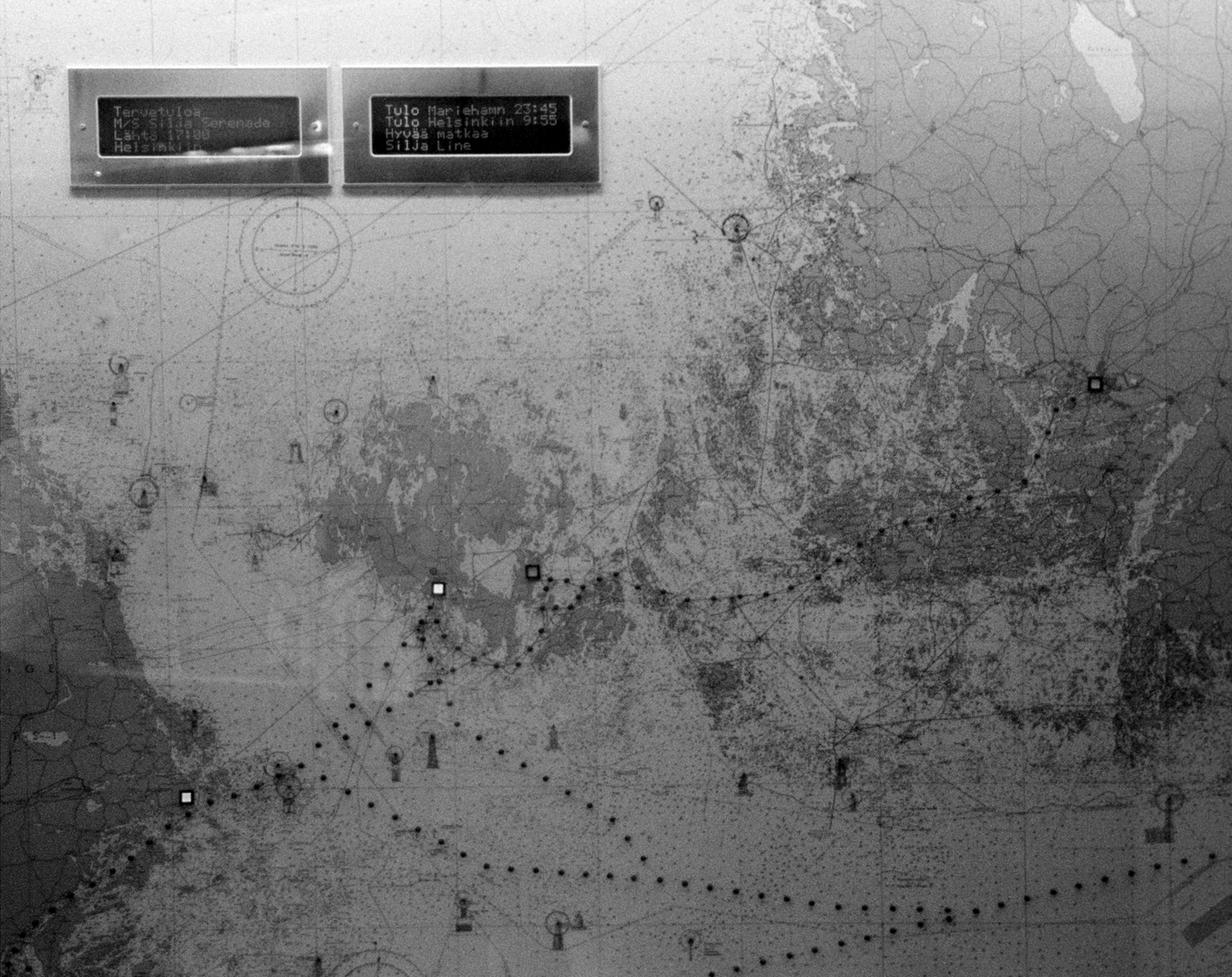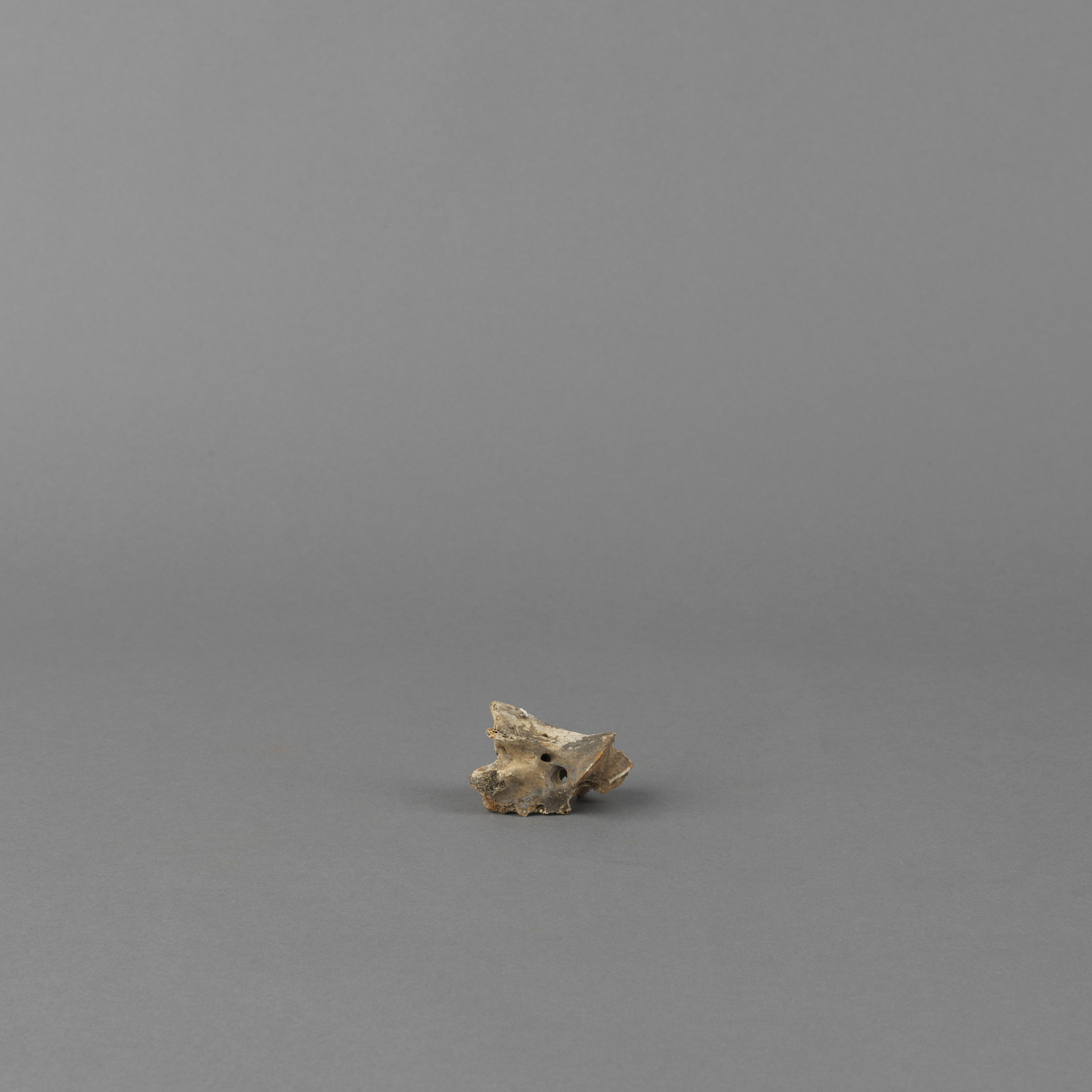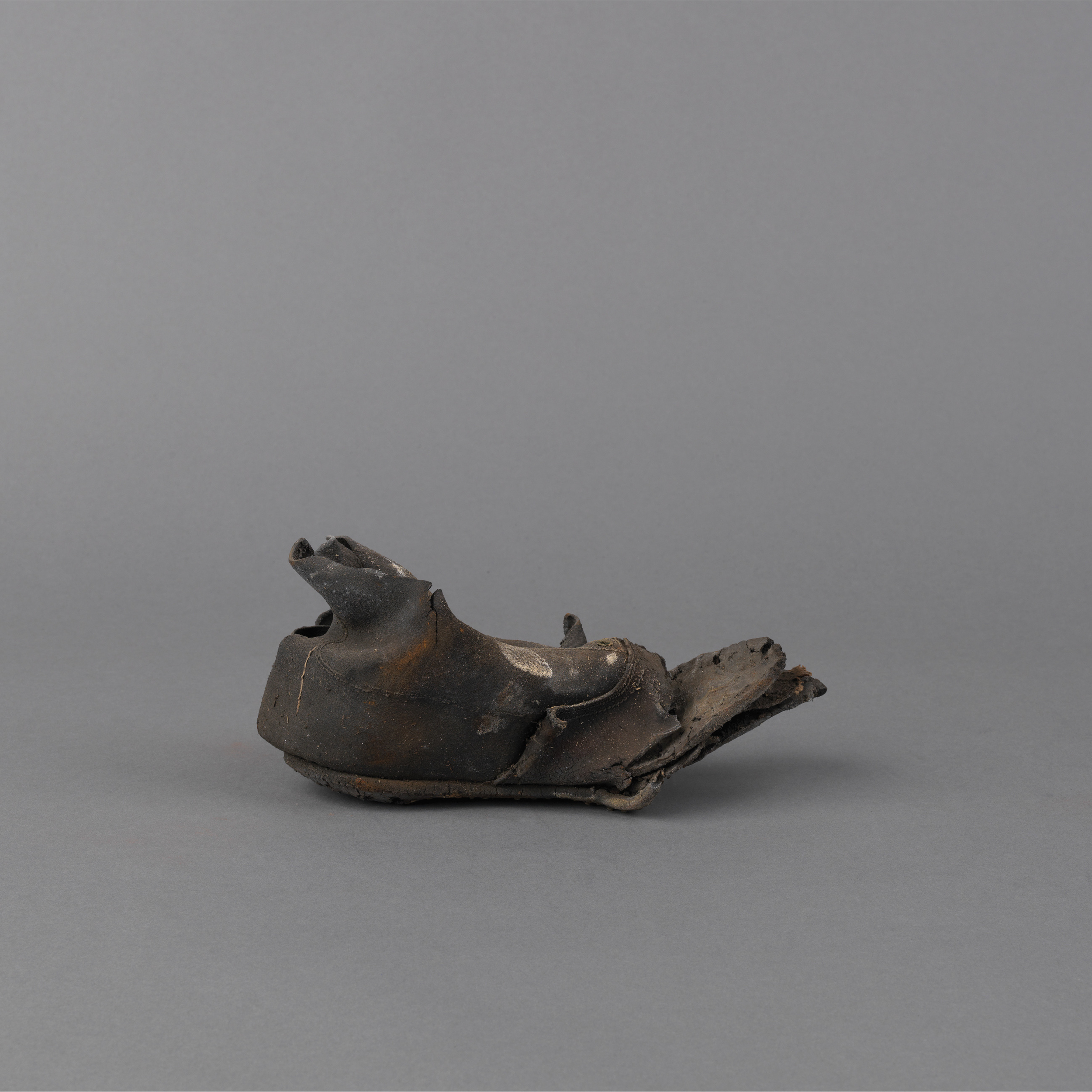Displaced images of distant objects
Monash Gallery of Art, Melbourne
21 September - 16 October 2011
This exhibition held at Monash Gallery of Art, presents photomedia works that explore the artist’s concern with our experience of place, the effects of time and how the image operates within these encounters. Through a compilation of visually contrasting material, Pluta finds allegorical relationships between the objects she imbues with meaning. The work investigates how photographs can bring geographically distant places into the now; how historical events, people and objects can be transposed into the present, if ever so fleetingly and artificially.
A photomural of an immense rubbish tip of organised stacks is the entry point into the exhibition, towering piles of debris ostensibly separated from their original function signal to an overarching reminder of the society in which we live. A still-life image depicting a vertebrae bone shrivelled next to its massive exterior counterpart was an item found by the artist whilst gardening in her home. Sentimentality is absent in the austere presentation of this artefact, and others, yet the photograph highlights the consequence of the displaced bone. The series of still-life photographs facilitate an encounter with displaced objects, forming a new meaning or understanding of the object, its significance and how it may be re-presented in the present. The final part to unlocking Displaced images of distant objects is a postcard of the Baltic, significant to Pluta’s Polish heritage, where the sea is engulfed by a whirlpool, transfixed onto the found image in a way that a typhoon engulfs an open span of water, dislocating everything in its path.

